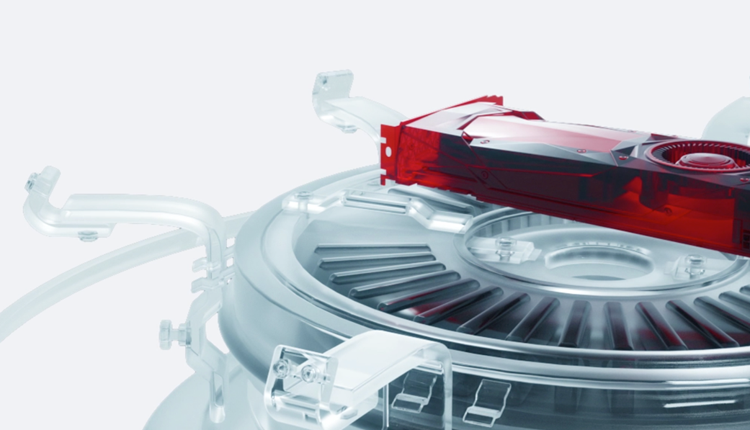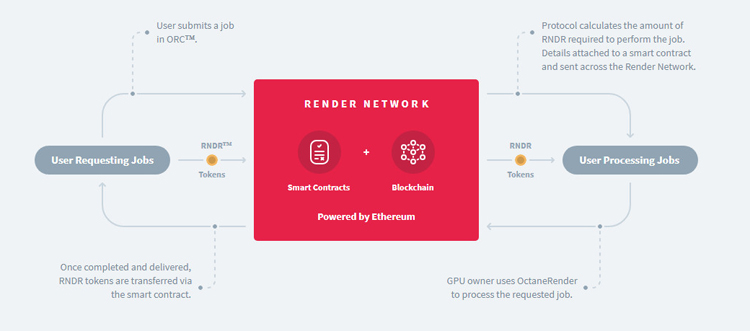How RNDR hopes to accelerate graphics rendering using the blockchain

Project lead Kalin Stoyanchev sets the scene
At first glance, Render Token’s (aka RNDR) mission to put rendering onto the blockchain might appear to be the usual ‘stick it on the blockchain, see if it floats’ hype.
But project lead Kalin Stoyanchev is keen to put such fears to rest.
We want to integrate with content creators. They provide our canvas.
Although local or even cloud rendering is currently fine for most jobs, he says growing complexity means the industry will struggle to handle these in a centralized fashion.
Not necessarily in terms of raw rendering but for equally important tasks such as scheduling, dynamic scaling, collaborative working and asset management.
This level of market understanding arises from RNDR being part of Otoy, the company behind the GPU-based ray tracing OctaneRender software.
“Otoy’s CEO Jules [Urbach] attempted to create a token-based server-side rendering system in 2009 but the technology wasn’t there,” Stoyanchev points out concerning the project’s genesis.
In this way, RNDR’s initial implementation matches rendering jobs with spare GPU capacity using Ethereum to handle the transaction of booking and completing jobs via smart contracts, with the decentralized rendering process happening in side chains.
Something new for your GPU
“We’ve been surprised at the level of interest,” Stoyanchev explains of Render Token’s beta roll out, which will scale up towards the end of October.
“We got a lot of submissions and they weren’t from blockchain people. Maybe we’re converting artists to be crypto guys.”
In terms of how the process works, everything is handled through the Render Token client. This is what clients use to to book jobs, upload assets and set the output etc. Similarly, those who want to offer GPU resources for rendering define their set up and are bucketed together according to available resources in terms of processing power and bandwidth.

Neatly, if RNDR is successful, Stoyanchev hopes it will result in crypto miners converting their GPU from proof-of-work calculations to rendering calculations because getting paid in RNDR tokens will be become more valuable than other processing.
“There no shortage of demand on the GPU supply side,” he says. “But we don’t want raw GPUs. We want committed people and will encourage this by offering rewards if they’re always available.”
In this way, Stoyanchev predicts switching over to earning RNDR could be five to 25 times more lucrative than crypto processing.
The final scene
Looking further ahead, the vision is for RNDR to launch on its own dedicated blockchain – the Render Network – moving from decentralized rendering to other aspects of the digital asset markets such as rights management and even an asset marketplace.
Otoy is also partnering up with creators, such as game companies, including user generated gaming platform Decentraland, to see how they can work together, especially as ray tracing becomes available for real-time applications.
“We want to integrate with content creators,” Stoyanchev says. “They provide our canvas.”
You can find out more about RNDR via its website.
And continue the discussion in our Telegram group and don’t forget to follow BlockchainGamer.biz on Twitter, Facebook and YouTube.

